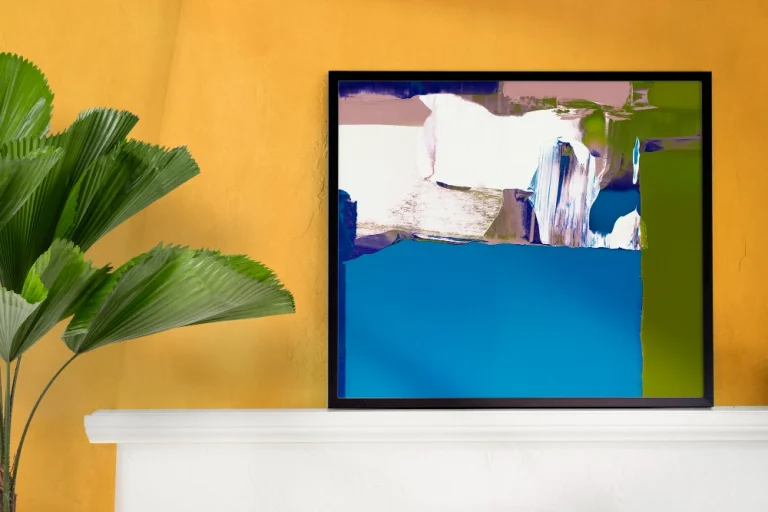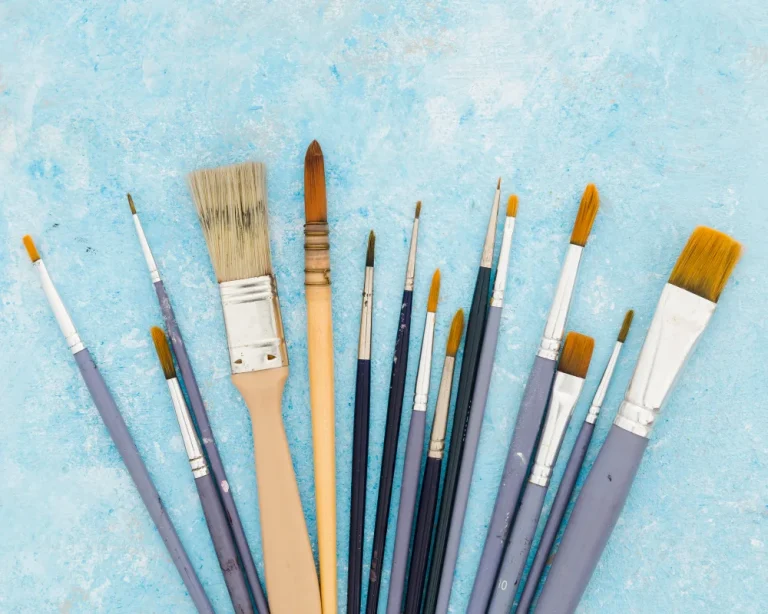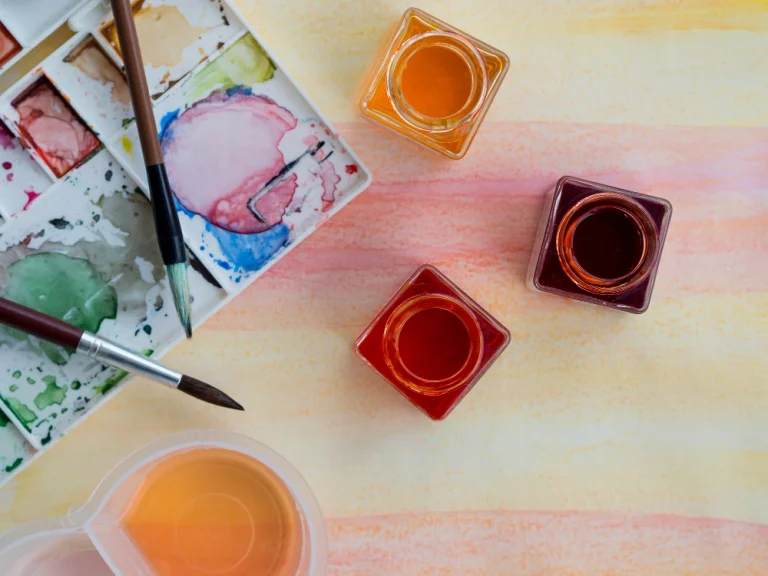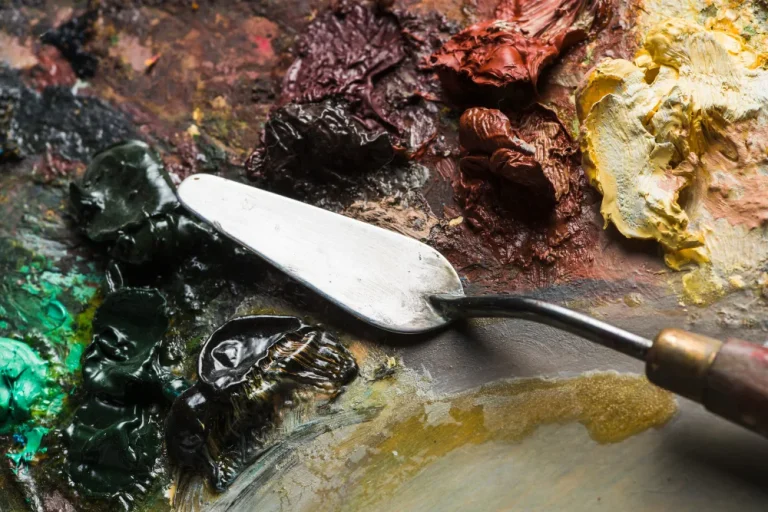Why Acrylic Paint Is Perfect for Color Mixing
Dries Fast, Works Anywhere, and Great for Beginners
Acrylic paint is super popular because it dries quickly. Artists who like to keep things moving love this. You can add new layers without sitting around forever. It sticks to tons of surfaces, like canvas, wood, or even glass. Also, it’s awesome for newbies since it’s easy to fix mistakes. Just paint over them once the layers dry. Best of all, acrylic paint is safe for the planet and you. It has no bad smells, so you can paint anywhere, anytime.
This paint dries in a snap, so you don’t wait long. It works on so many things, giving you the freedom to try cool ideas. Beginners find it simple to use because errors disappear fast. Plus, it’s eco-friendly with no yucky fumes. That makes it a top pick for all kinds of art projects.
How Acrylics Stack Up Against Oils and Watercolors
Acrylic paints aren’t like oil paints or watercolors. Oils take ages to dry, which is nice for mixing colors slowly. But they need smelly cleaners and can stink up the room. Watercolors are super clear, but fixing goofs is hard. Acrylics hit a sweet spot. They give you bright, bold colors. You can pile on layers without waiting days like oils or struggling with watercolor’s limits.
Acrylics make colors that really pop. You can add layers quick and easy. Unlike watercolors, you can cover with new paint. This mix of speed and flexibility makes acrylics a favorite for new and experienced artists alike.
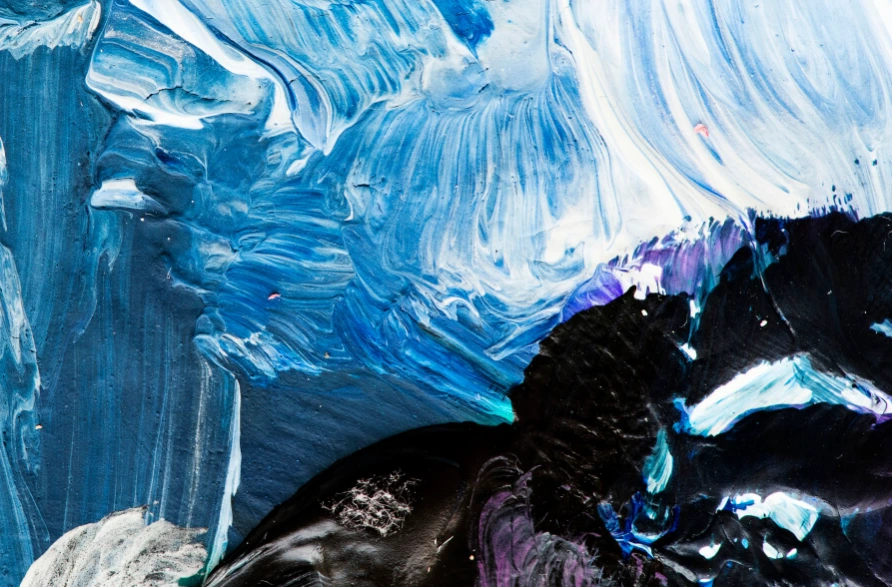
Getting Color Theory Down
Primary, Secondary, and Tertiary Colors
Learning color theory is a must for awesome acrylic paint mixing. Primary colors—red, blue, and yellow—are where it all starts. Mix two of them, and you get secondary colors. Like, blue plus yellow makes green. Red and yellow give you orange. Red and blue create purple. Then, mix a primary with a secondary color for tertiary colors. These are shades like red-orange or blue-green.
Primary colors are your art’s building blocks. Mixing them opens up a world of possibilities. Secondary colors spice up your work. Tertiary colors add unique tones, making your paintings super special.
Warm vs. Cool Colors in Acrylic Paints
Warm colors, like red, orange, and yellow, feel full of energy and coziness. Cool colors, like blue, green, and purple, make things calm and deep. Knowing warm from cool helps you set the vibe in your art. Acrylic paints rock at this because they come in so many shades. You can pick the perfect color to make your painting feel just how you want.
Warm colors bring a lively spark. Cool ones add a chill, soothing touch. Acrylics let you nail these tones. With tons of choices, you can tweak colors to match your dream artwork.
Tools and Extras You Need for Mixing and Blending
Palette Knives, Brushes, and Mixing Trays
Good tools make color mixing a breeze. Palette knives are perfect for stirring big globs of paint on a palette. They keep things smooth and save paint. Brushes with nylon bristles are the best for acrylics. They’re stretchy and clean up easily. Nylon soaks up water well and stays in shape. Mixing trays or palettes gives you lots of space to try out colors.
Palette knives mix paint without waste. Nylon brushes make painting smooth. A mixing tray lets you mess around with shades. These tools turn your work into fun and awesome art.
Acrylic Extras to Slow Down Drying
Acrylic paint dries super fast, which is cool but tough when you’re blending. To take your time, add special stuff called retarders. These slow drying so you can blend colors nice and smooth. With retarders, you get soft shifts between shades without hurrying.
Retarders make blending way easier. They let you chill while you work. You can get pro-looking results without stress. These extras are key for artists who want smooth color changes.

How to Mix Acrylic Paint Like a Pro
Mixing on a Palette
Mixing on a palette means blending two or more paints with a brush or knife. You control the exact shade you want. It takes some practice to get the same color twice, but it’s so worth it.
Palette mixing is spot-on and fun. You can adjust colors to fit your plan. Practice makes your shades steady. This trick is huge for making your colors.
Layering and Glazing for Extra Wow
Layering is putting thin bits of acrylic paint on top of each other after they dry. This makes your art look deep. Glazing uses watery, see-through paint layers. These let colors below shine through, giving a glowing vibe.
Layering adds depth to your work. Glazing brings a soft, shiny feel. Both are simple with acrylics. They make your art pop with rich, bright effects.
Smooth Blends with Wet-on-Wet
Wet-on-wet means putting wet paint over another wet layer before it dries. This makes soft, flowing color changes. You gotta move fast since acrylics dry quickly.
Wet-on-wet gives dreamy, blended looks. It’s great for smooth effects. Speed is key to nail it. This way makes your art look super polished.
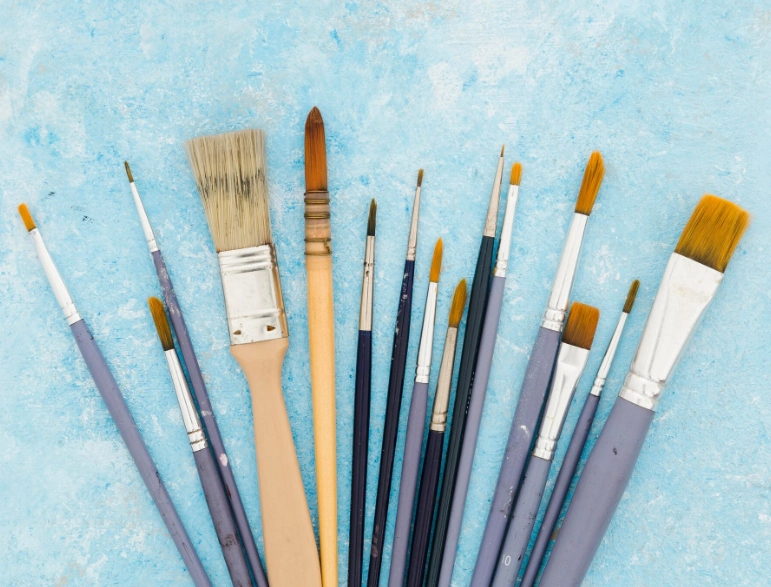
Tips for Blending Acrylics Super Smooth on Canvas
Timing: Blend While Paint’s Wet
Blending acrylics on canvas needs quick moves because it dries so fast. It’s often dry in minutes. For smooth blends, mix while the paint’s still wet. Grab a palette knife or nylon brushes. They’re stretchy and spread color great. Nylon bristles hold water good and clean easy. Need more time? Mix in retarders or slow-drying stuff. These give you extra minutes for a clean look.
Timing is huge with acrylics. Wet paint blends best. Nylon brushes make it simple. Retarders let you perfect your work longer.
Dry Brushes vs. Soft Blending Tools
The right tool changes your art big time. Dry brushes are cool for rough, textured looks or soft color shifts. But they can leave marks if you’re sloppy. Soft tools like sponges or fan brushes make smooth, even blends with no harsh lines. Use top-notch nylon brushes for acrylics. They spread paint nice and clean up fast. Nylon brushes are a hit because they’re easy and safe.
Dry brushes give texture but need care. Soft tools make blending a snap. Nylon brushes are trusty and clean quickly. Pick what fits your style.
Goofs to Dodge When Mixing Acrylic Paint
Mixing Too Much
A big oops is mixing acrylic paint too much on the canvas. This makes colors look muddy or textures bumpy as the paint dries. Plan your colors on a palette first. Slap them on with quick, sure strokes. Stop when it looks good.
Overmixing wrecks your colors. Plan to save time. Quick strokes keep it clean. Knowing when to quit keeps your art fresh.
Too Much Water, Not Enough Extras
Another slip-up is thinning acrylic paint too much with water instead of the right stuff. Water makes paint runny for some tricks, but too much makes it weak. Your art won’t last as long. Use acrylic extras made for thinning or stretching paint. They keep your work strong.
Water can hurt your paint’s strength. Extras are way better. They keep your art tough. Use them for art that lasts.
Xin Bowen Products and Custom Stuff
Xin Bowen Art Materials has tons of supplies for all artists. Their nylon brushes are top-notch for acrylic painting. These have stretchy bristles that soak up water great and clean super easy. Nylon beats other stuff for being flexible and simple to use. They come in all shapes and sizes for newbies and pros.
On top of brushes, Xin Bowen has killer acrylic paints. These are tough and super bright. After years of testing, our acrylic paint shines great and smells fine. Want special effects or certain paint thickness? Xin Bowen’s custom services let you pick what you need.
They make sure everything’s high-quality with tough checks while making stuff. Before shipping, we check every step to hit global standards and safety rules. Xin Bowen also gives awesome help after you buy, keeping you happy with their gear.
FAQ
Q: How do I blend acrylic paint nice and smooth?
A: Work while paint’s wet. Use nylon brushes or soft sponges. Add retarders or slow-drying stuff if you need more time.
Q: How do I mix acrylic paint with new colors?
A: Blend primary colors like red, blue, and yellow on a palette with a knife or brush. Try layering for cool shades.
Q: How do I make acrylic paint smooth with no brush marks?
A: Use top-quality nylon brushes for even spreading. Nylon brushes use great materials for smooth work. Thin paint a bit with water or an extra. Press light when you paint.



